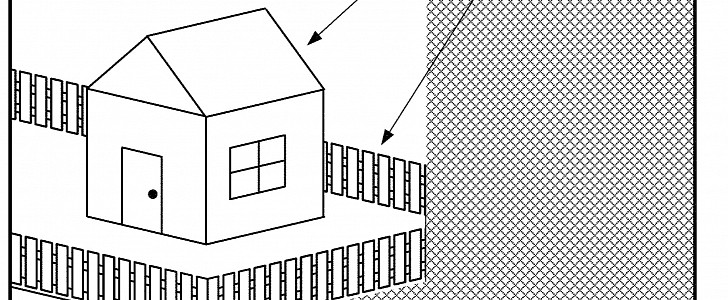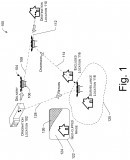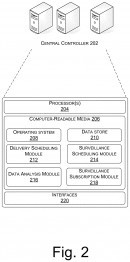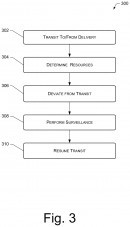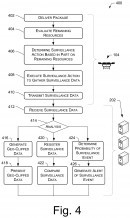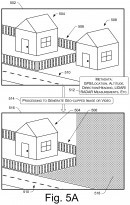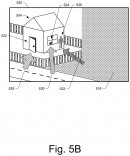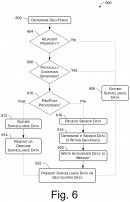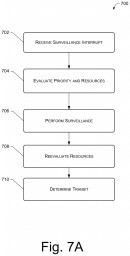Back in the days when we were kids, the year 2020 certainly looked different in our imagination, and things like flying cars and robots were supposed to become rather common.
While we’re not quite there, Amazon is still dreaming about the next-gen tech revolution that would no longer rely on human input but act autonomously for our own good.
Such an idea is described in a patent that was originally filed by the American retail giant no less than five years ago, but which was published in late August 2020.
Amazon imagines a future where shipping drones would just spend a couple more minutes to surveil our properties with the sole purpose of looking for potential signs of invasion, such as a broken window or something similar. Furthermore, these drones could automatically detect intruders and record footage that would then be sent to the owner and the law enforcement in an effort to bolster home security.
The abstract section of the patent provides a closer look at how the whole thing is supposed to work, and Amazon explains privacy would be fully guaranteed, as only a specific property would be scanned by its drones.
“An unmanned aerial vehicle (UAV) may perform a surveillance action at a property of an authorized party. The property may be defined by a geo-fence, which may be a virtual perimeter or boundary around a real-world geographic area. The UAV may image the property to generate surveillance images, and the surveillance images may include image data of objects inside the geo-fence and image data of objects outside the geo-fence,” the patent reads.
“While gathering surveillance images, or after the surveillance images have been gathered, the geo-fence information may be used to obscure or remove image data referring to objects outside the geo-fence. Geo-clipped surveillance images may be generated by physically constraining a sensor of the UAV, by performing pre-image capture processing, or post-image capture processing. Geo-clipped surveillance images may be limited to authorized property, so privacy is ensured for private persons and property.”
Needless to say, this idea is still in the patent stage, and there’s still no confirmation it’s entering mass production anytime soon. But given Amazon’s growing interest in drones, we really shouldn’t be surprised if this project eventually gets the go-ahead.
Such an idea is described in a patent that was originally filed by the American retail giant no less than five years ago, but which was published in late August 2020.
Amazon imagines a future where shipping drones would just spend a couple more minutes to surveil our properties with the sole purpose of looking for potential signs of invasion, such as a broken window or something similar. Furthermore, these drones could automatically detect intruders and record footage that would then be sent to the owner and the law enforcement in an effort to bolster home security.
The abstract section of the patent provides a closer look at how the whole thing is supposed to work, and Amazon explains privacy would be fully guaranteed, as only a specific property would be scanned by its drones.
“An unmanned aerial vehicle (UAV) may perform a surveillance action at a property of an authorized party. The property may be defined by a geo-fence, which may be a virtual perimeter or boundary around a real-world geographic area. The UAV may image the property to generate surveillance images, and the surveillance images may include image data of objects inside the geo-fence and image data of objects outside the geo-fence,” the patent reads.
“While gathering surveillance images, or after the surveillance images have been gathered, the geo-fence information may be used to obscure or remove image data referring to objects outside the geo-fence. Geo-clipped surveillance images may be generated by physically constraining a sensor of the UAV, by performing pre-image capture processing, or post-image capture processing. Geo-clipped surveillance images may be limited to authorized property, so privacy is ensured for private persons and property.”
Needless to say, this idea is still in the patent stage, and there’s still no confirmation it’s entering mass production anytime soon. But given Amazon’s growing interest in drones, we really shouldn’t be surprised if this project eventually gets the go-ahead.
